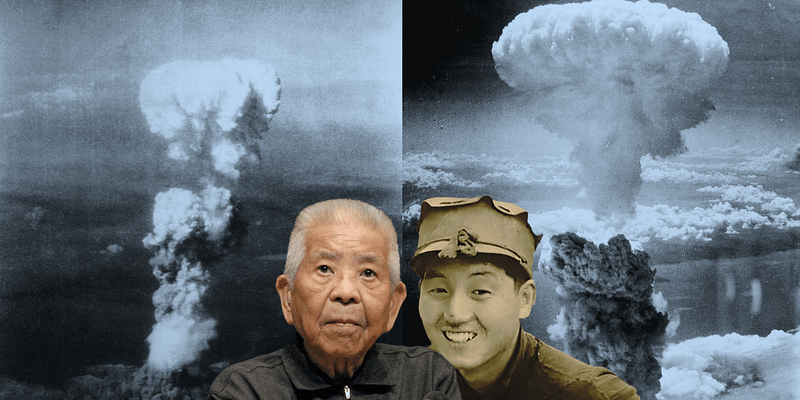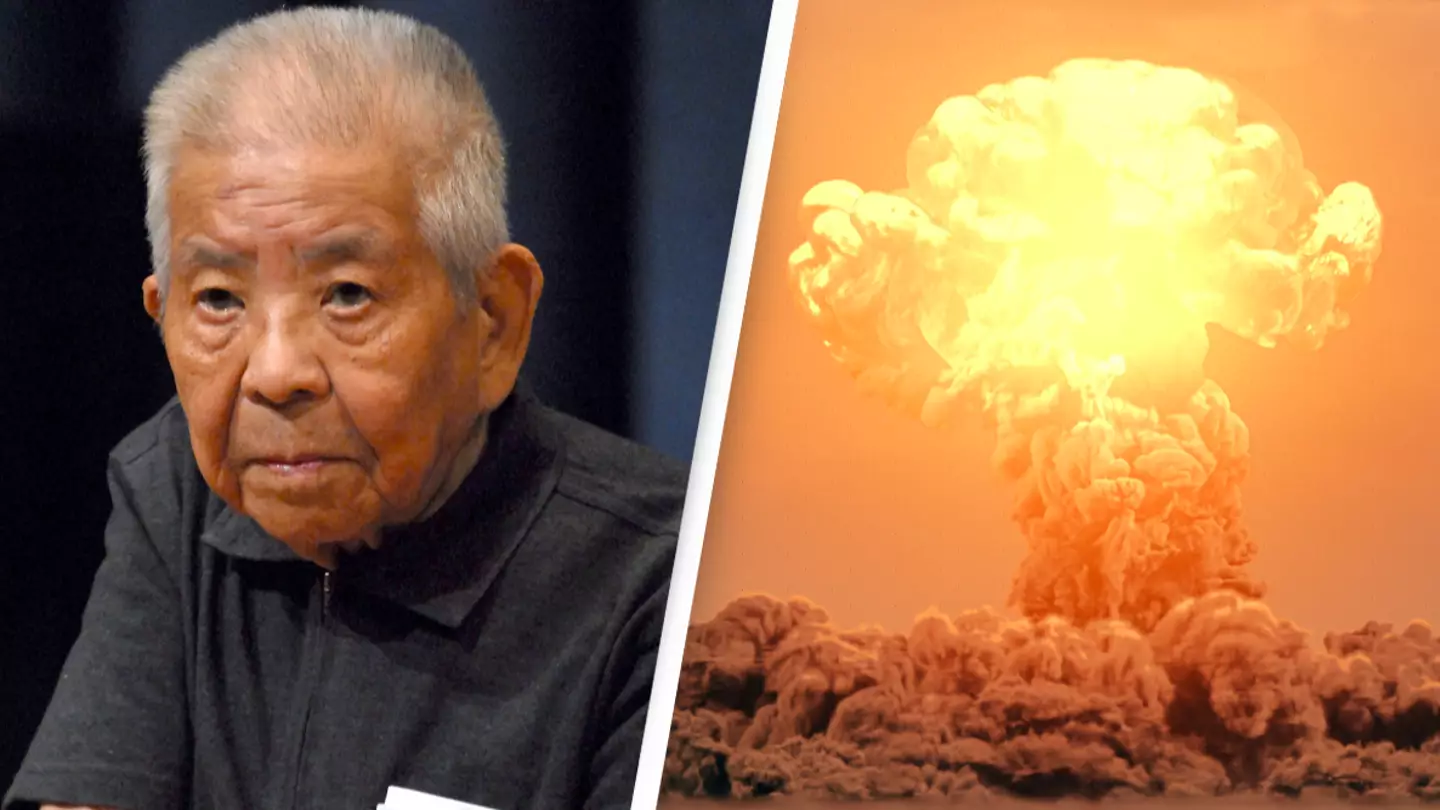
On August 6 and August 9, 1945, two atomic bombs were dropped on the Japanese cities of Hiroshima and Nagasaki, marking the first and only time nuclear weapons have been used in warfare. While the destruction and loss of life were unprecedented, one man, Tsutomu Yamaguchi, survived both bombings and lived to tell the tale. His story is not just one of survival, but of resilience, hope, and a warning to future generations about the horrors of nuclear war.
The First Bombing: Hiroshima
Tsutomu Yamaguchi was a 29-year-old naval engineer working for Mitsubishi Heavy Industries. On August 6, 1945, he was in Hiroshima on a business trip. As he was preparing to leave the city and return to his hometown of Nagasaki, he realized he had forgotten an important travel document and was forced to return to retrieve it.
At 8:15 AM, just as he was walking near the docks, the first atomic bomb, "Little Boy," was dropped on Hiroshima. The explosion occurred approximately three kilometers (1.9 miles) from where Yamaguchi was standing. The intense flash of light blinded him, and the subsequent shockwave sent him flying. His eardrums ruptured, and he suffered severe burns across his upper body.
Despite his injuries, Yamaguchi managed to find shelter and spent the night in a bomb shelter with other survivors. The next day, he made his way to the train station, where he miraculously found a functioning train that would take him back to Nagasaki.
The Second Bombing: Nagasaki
On August 8, 1945, Yamaguchi arrived in Nagasaki, battered and injured. He sought medical treatment and reunited with his family, who were relieved to see him alive. Despite his condition, he reported to work at Mitsubishi the next morning, August 9, to explain to his supervisors what had happened in Hiroshima. When he recounted the story of the atomic bomb, his boss accused him of being insane and exaggerating.
At 11:02 AM, as Yamaguchi was trying to convince his colleagues about the destructive power of the bomb, another blinding flash filled the sky. The second atomic bomb, "Fat Man," was dropped on Nagasaki. Once again, Yamaguchi was about three kilometers from ground zero. The blast destroyed the building he was in, but he survived, suffering additional injuries.

The Aftermath
The devastation in Nagasaki was immense. Nearly 80,000 people were killed, and the city was left in ruins. Despite his injuries, Yamaguchi searched for his family and was relieved to find that his wife and child had survived. His wife had been out searching for burn ointment for him when the bomb fell, and by sheer luck, they had taken cover in a tunnel.
Yamaguchi suffered from radiation sickness, severe burns, and other long-term health issues, but he eventually recovered. For years, he kept his story mostly private, not wanting to draw attention to himself. However, in his later years, he became an advocate for nuclear disarmament, sharing his story as a cautionary tale for future generations.
Recognition and Legacy
For decades, Yamaguchi was recognized as a survivor (hibakusha) of the Nagasaki bombing but not the Hiroshima bombing. It was not until 2009, at the age of 93, that the Japanese government officially acknowledged him as a "nijū hibakusha" (double bomb survivor), making him the only known person to have survived both bombings.
Tsutomu Yamaguchi passed away in 2010, but his story remains a testament to the horrors of war and the incredible resilience of the human spirit. His life serves as a reminder of the devastating consequences of nuclear weapons and the importance of striving for a world free from such destruction.

Conclusion
The story of Tsutomu Yamaguchi is one of unimaginable endurance and survival. He witnessed two of the most catastrophic events in human history and lived to tell the world about them. His legacy continues to inspire those who advocate for peace and the abolition of nuclear weapons. Yamaguchi’s message was clear: no one should ever have to experience what he did. His survival was not just a miracle—it was a lesson for humanity.
